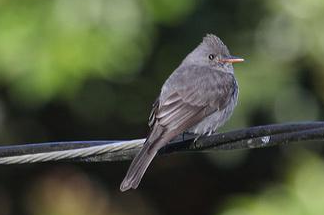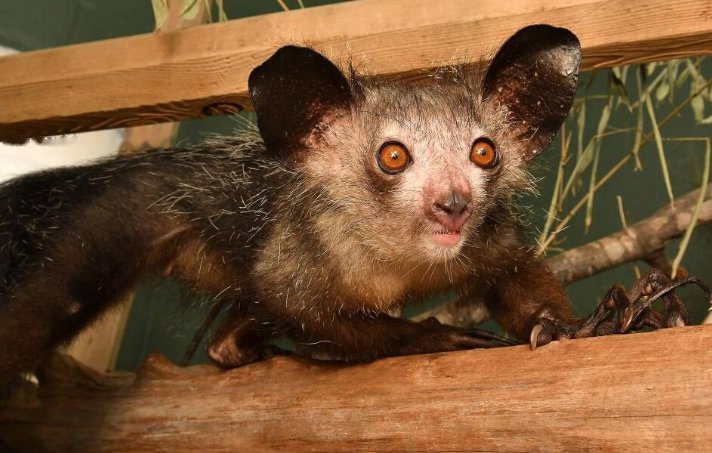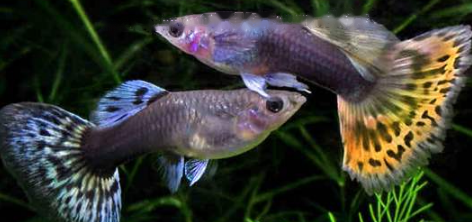Maple leaf turtle, generally refers to the ground turtle, its special feature is that the front and rear edges of the carapace are serrated, there are 12 pieces in total, so it is easy to identify.
Today, in order to give everyone a comprehensive understanding of maple leaf turtles, the editor will talk about five aspects.
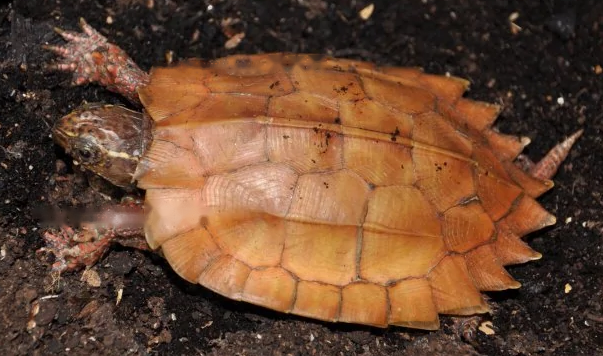
First, the basics Information
【Chinese name】Geoturtle
【Latin name】Geoemyda spengleri
【English name】Black-breasted Leaf Turtle、lack -breasted Leaf Turtle
[Another name] Golden turtle, twelve-horned turtle, maple-leaf turtle, black-breasted leaf turtle, twelve-leafed turtle
[door] chordate
【Subclass】Chordates
【Class】Reptiles
【Subclass】Turtles
【Order】Turtles Order
[Suborder] Subterranean Turtles
[Family] Turtles
[Genus] Turtles
【 Species] Ground turtle
[Named by] Gmelin
[Named time] 1789
[Distribution] China (Hunan, Guangdong, Guangxi, Hainan, etc. ) and Vietnam
2. Appearance characteristics
The head of the maple turtle is small; the top of the head is dark yellowish brown or dark brown, and smooth without scales; The snout is sharp and narrow, not extending beyond the lower jaw; the jaw margins are flat and unserrated; the frontal edge is w shaped.
The carapace is flat and flat, golden, orange, or tawny in color; there are usually 3 longitudinal ribs in the center of the back; the neck shield is large and bell-shaped; the first and fifth vertebrae The shield is pentagonal, the second to fourth vertebral shields are hexagonal; the rib shield is narrower; the marginal shield is pointed and slightly turned upward.
The plastron is long and large, dark brown in color, with a concave rear edge; the bridge of the carapace is well developed and black in color; the limbs and tail are dark brown with red and black spots; the limbs There are large horny scales, with webs between the fingers; there are about 8-17 pairs of regular 2 longitudinal flat rectangular scales on the back of the tail.
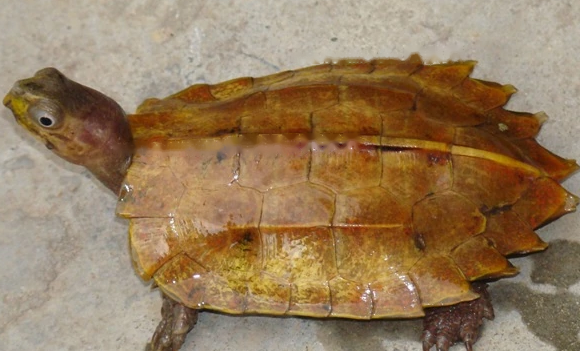
Third, habits
1. Habitat
Maple turtles generally live in mountainous jungles at an altitude of about 700 meters and in shady and humid areas close to streams, and these areas are rich in vines and bamboo etc. They are terrestrial or semi-aquatic turtles and generally cannot go to deep water areas.
2. Eating habits
Maple turtles are omnivores and mainly eat some insects, worms, leaves and fruits of plants.
3. Reproduction
When the maple turtle weighs about 250g, the gonads begin to mature and have reproductive ability. In September-October, male and female turtles begin to mate. In June-August of the following year, female turtles start laying eggs.
Female turtles can lay eggs 2-3 times a year, and each time they can lay 2-6 white eggs. Eggs hatch for 65-75 days at an incubation temperature of 29-30 degrees Celsius.
Four. Male and female discrimination
1. Body size: Compared with the same age, female turtles are generally larger than male turtles.
2. Conspicuous degree of stripes: The female turtle has an obvious white or yellow stripe on both sides of the neck behind the eyes, while the male turtle is less obvious or absent.
3. The degree of depression in the center of the plastron: the center of the plastron of the female turtle is relatively flat, and the center of the plastron of the male turtle is more concave.
4. Tail: The tail of the female turtle is short and thin, while the tail of the male turtle is longer and thicker.
5. Distance from the cloaca to the rear edge of the plastron: the cloaca of the female turtle is closer to the rear edge of the plastron, and the cloaca of the male turtle is farther from the rear edge of the plastron.
6. Iris color: The color of the female iris is dark red, and the color of the male iris is white.
V. Protection level
Maple leaf turtle is a protected animal and has been included in a number of protection lists, as follows:
1. World Conservation Union Red List of Threatened Species (IUCN 2000), endangered.
2. China's National Key Protected Wildlife List is a second-class protected animal.
3. China's Biodiversity Red List - Vertebrate Volume (Reptiles), endangered.
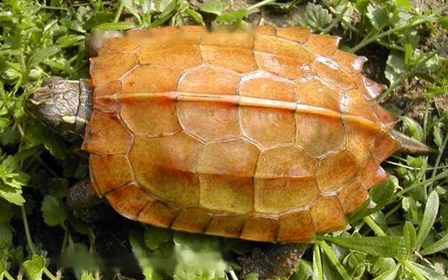
Okay, maple turtles Introduction, let me stop here! Interested friends, you can bookmark this article~
![[Original] Sharing of popular science knowledge of ringed map turtles](/static/img/11249/11249_1.jpg)




